South Georgia and Dundee feature prominently in the famous story of Sir Ernest Shackleton and his historic ship Endurance, which was crushed by pack ice and sank in 1915.
When the 28 men became stranded on uninhabited and inhospitable Elephant Island, Shackleton and five others made an extraordinary 800-mile (1,300 km) open-boat journey in the lifeboat, James Caird, named after the wealthy Dundee jute baron, to reach South Georgia.
Shackleton and two others then crossed the mountainous island to the whaling station at Stromness.
From there, Shackleton was eventually able to mount a rescue of the men.
When Shackleton died in 1922, his widow chose South Georgia as his final resting place.
Shackleton was buried at the now-abandoned whaling station of Grytviken, and a toast – preferably with whisky – at his grave is a tradition among travellers there.
But the links between South Georgia and Dundee go much deeper.
They hook into the whaling and the jute industry, the RRS Discovery and in more modern times to Dundee University through their Centre for Remote Environments.
The head office of the South Georgia Heritage Trust (SGHT) is sited within Dundee’s Verdant Works.
Today, SGHT staff are at the forefront of efforts to preserve the natural and the human heritage of the island, which is a British Overseas Territory.
What’s it like to live on South Georgia?
Sarah Lurcock, former director and now communications manager of the South Georgia Heritage Trust, spent nearly 30 years living on the remote island.
She moved there with her husband, Pat, who worked for the British Antarctic Survey.
He took on the job of government officer in the 1990s, a role he left in 2017.
The pair met at university in Birmingham, and Sarah, a biologist with an already established interest in Antarctic history, says it was a very easy decision to move there after her husband left and got “the bug” to go back.
A biologist by training, Sarah initially worked in various jobs.
She helped scientists and ran the post office.
But when the role of managing the South Georgia Museum came up, she knew it was a must for her.
The museum is located in the town of Grytviken, a former whaling station, and is run by the trust on behalf of the Government of South Georgia and the South Sandwich Islands welcoming up to 10,000 visitors in an average year.
South Georgia is ‘wild and remote’
“South Georgia is such an extraordinary place,” said Sarah, who grew up in the Thames Valley area of southern England.
“There are very few humans, vast masses of wildlife, fantastic landscape.
“It’s wild, remote, with a fascinating history as well.
“But it’s the wildlife that probably strikes you most.”
Already a “polar buff” when she moved there, Sarah started reading more about the Antarctic.
She was familiar with the story of Shackleton and the James Caird, as previously featured in The Courier.
Ernest Shackleton the ‘number one hero’ on South Georgia
Having travelled by the island on the outward leg of his Imperial Trans-Antarctic Expedition, then making it back there to mount the famous rescue on return, Shackleton returned to South Georgia on his last Antarctic voyage, the Quest expedition, in 1921/22, during which he fell ill and died.
It’s poignant that when a team of adventurers, marine archaeologists and technicians located the wreck of the Endurance 3008 metres down at the bottom of the Weddell Sea in March 2022 – also featured in The Courier – the first thing they did when they left the site was make their way direct to South Georgia to pay respects at his grave.
“He’s really the number one hero, if you like,” said Sarah.
“Certainly him and Captain Cook are the standout historical figures on the island – Captain Cook apparently being the first person to ever step foot there.”
Why did South Georgia Heritage Trust set up in Dundee?
Last year, the South Georgia Museum welcomed around 15,000 visitors – it’s most ever – mainly from cruise ships.
Visitors can learn how the now Dundee-berthed RRS Discovery was the first ship to be involved in the Discovery investigations, set up in 1925.
The science, based around the whaling industry in the South Atlantic Ocean, saw a shore station established.
To this day, there remains a building in South Georgia called Discovery House.
When it comes to how the SGHT came to be set up in Dundee, however, Sarah describes it as more of a “little bit of an accident of geography”.
The founder of the trust was Brigadier David Nicholls RM, a retired Royal Marine and former Commander of the British Forces in the Falkland Islands following the 1982 conflict.
David first encountered South Georgia through his passion for mountaineering, leading several expeditions to the island for gap year students.
During these visits, he realised that despite its prolific wildlife and extensive heritage, South Georgia had major conservation issues.
This included an infestation of rodents which was decimating the island’s wildlife and which government funds alone could not tackle.
How are conservation issues tackled?
In collaboration with the Government of South Georgia and South Sandwich Islands and his friend Elaine Shemilt, a fine print maker and professor of Dundee University, a plan was created to set up a research centre within the university – initially Project Atlantis, now Centre for Remote Environments – and establish a charity to benefit South Georgia, based in Dundee.
David was based in the area due to links with RM Condor, the Royal Marines base near Arbroath.
SGHT was established in August 2005 with an international and highly regarded board of trustees.
Soon after, however, Brigadier Nicholls died of a heart attack, despite being only 57 and extremely fit and active.
David had already set out what was to be SGHT’s major ambition for the next decade, to help remove invasive rodents from the island.
A month after David’s death SGHT took over the management of South Georgia Museum, a pivotal moment which gave the charity a presence on the island and the means to fundraise for conservation work.
Ridding South Georgia of rats
Preserving the natural and the human heritage of South Georgia is at the heart of what the trust does, and Sarah explained that the project to rid the island of rats has been a huge success, despite the challenges.
“Rats were introduced by whalers,” she said.
“As soon as humans started going to the island in 1775, the rats arrived.
“In those days if you are putting sacks of anything onshore to feed humans, there were rodents.
“And so the biggest rats were introduced multiple times.
“But most of this infestation happened on the northern coast.
“Luckily that meant we didn’t have to try to eradicate rodents from the entire island.
“Because the southern coast of the island is so very hard to access because that’s the weathered side of the island – you’ve got vast oceans coming up from the Antarctic hitting that southern coast – there’s very few places you can get ships in and so very few rats.”
For the trust, getting rid of the rats was their biggest project. It took 10 years.
They needed to raise £10 million.
With South Georgia’s environment so extreme, what they didn’t know was whether spreading bait was possible over that sort of landscape and in that sort of weather using helicopters.
The trial phase was the largest ever attempted rodent eradication in the world.
When they went back in 2018 to check, however, the rats were gone.
Other environmental improvements
In contrast to the uncontrolled exploitation of whales and seals which almost led to extinction back in the day, scientists have started to notice a rise in the population of blue petrels which is a sign of no invasive rodents on the island.
But that’s just one of many projects on the go, in tandem with the South Georgian government, to protect and improve the environment.
There’s various areas where fishing is now banned and protected coastal waters so that the animals living onshore have got access to food resources.
The government has also been running its own eradication scheme to get rid of invasive reindeer.
They also have a long-term programme to tackle invasive “out of control” plants.
With 110 cruise ship visits last year, visitors are now required to go through rigorous biosecurity protocols.
For example, people are required to hoover out their jacket pockets. A roving dog team searches vessels.
Efforts are very much to do with making sure that hard work is “not quickly undone”.
Fur seals, once almost wiped out, number around four million, and the King Penguin population is on the rise.
Sir David Attenborough recently gave South Georgia a welcome vote of confidence when he said this was an ecosystem in recovery.
However, no one can be complacent.
What’s the impact of climate change on South Georgia?
Not long after the rats were eradicated, there was a fresh rodent incursion.
Sarah describes this as a “silver lining” moment because it helped everybody realise how easy it was to inadvertently reintroduce rodents.
Of course, there are also natural colonisers.
Cattle egrets are one of the most successful colonisers in terms of birds.
They turn up pretty much every year – probably blown by storms – although the brutal conditions mean they rarely survive.
“Climate change is happening on the island and you see it,” said Sarah.
“It’s most definitely going to change the island. It’s going to change the things that can survive there and it’s going to marginalise some of the species that are currently living there.
“They think they can already see stress in some of the ones that are perhaps at their northern margin or southern margin.
“Some of the penguin species are affected.
“They are measuring climate changes or changes in temperature on the whole rotation of the sea around there.
“The currents – it’s one big enormous system.
“The changes are being seen already.
“Some of them are benefitting from those changes.
“But long term, it’s going to change the vegetation and so on.”
South Georgia Heritage Trust project to preserve whaling memories
Other projects in the pipeline include a project to preserve the memories of whaling communities and their families, as recently featured in The Courier.
There’s also a plan to install a monumental artwork in the heart of Grytviken Whaling Station.
Commensalis: The Spirit Tables of South Georgia will commemorate the loss and celebrate the recovery of whales at South Georgia, changing the narrative from whaling to whales – creating a beacon of hope for everyone who cares about nature and supporting vital research to protect the future of whales in the Southern Ocean.
There are also plans to clean up the pollution associated with old abandoned whaling stations.
Efforts were made years ago to clean up Gretvigen and allow guided tours.
In other more remote locations, oil tanks, tanks of acid and asbestos has just been left.
“We want to work towards removing hazards for wildlife in the short term and long term,” she said.
“The remaining oils in the tanks need drained out so we don’t have a future environmental problem with that.
“We’d like to remove the asbestos from the stations, and also remove some of the hazards.
“If the government would allow it, we would like to create access to some of the more historic areas.
“There are cemeteries at each of the stations and there’s the Stromness manager’s villa which is a key building in that Endurance story.”
Welcome words: Sir David Attenborough
Sarah said they were “lucky” that Sir David Attenborough expressed positivity when he said “this is extraordinary – an ecosystem in recovery”.
She added: “In the modern day everyone is talking about climate change and the effects humans are having.
“But these conversations are dire and people get depressed and feel they can’t make a difference.
“We want to use the positive story from South Georgia to say ‘yes, we can’.
“A small number of people can gather together and make a positive difference.
“It’s not too late and we must all do that little bit that we can do.
“If we don’t make those efforts, then it is too late!”
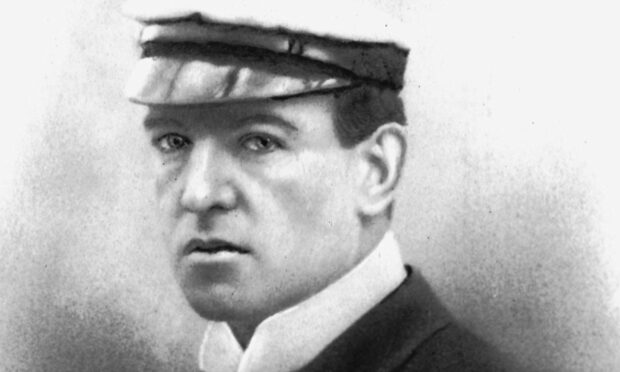
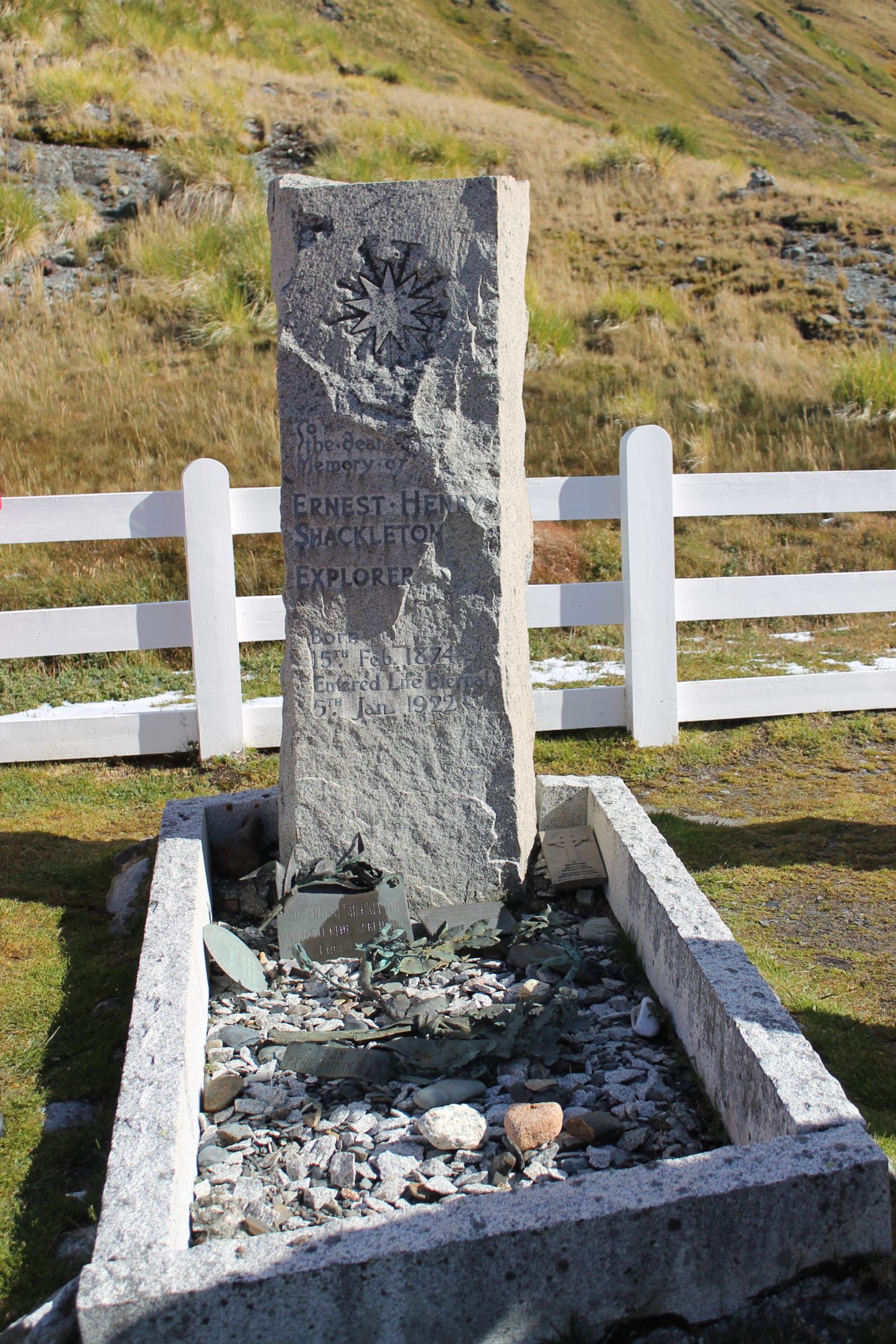
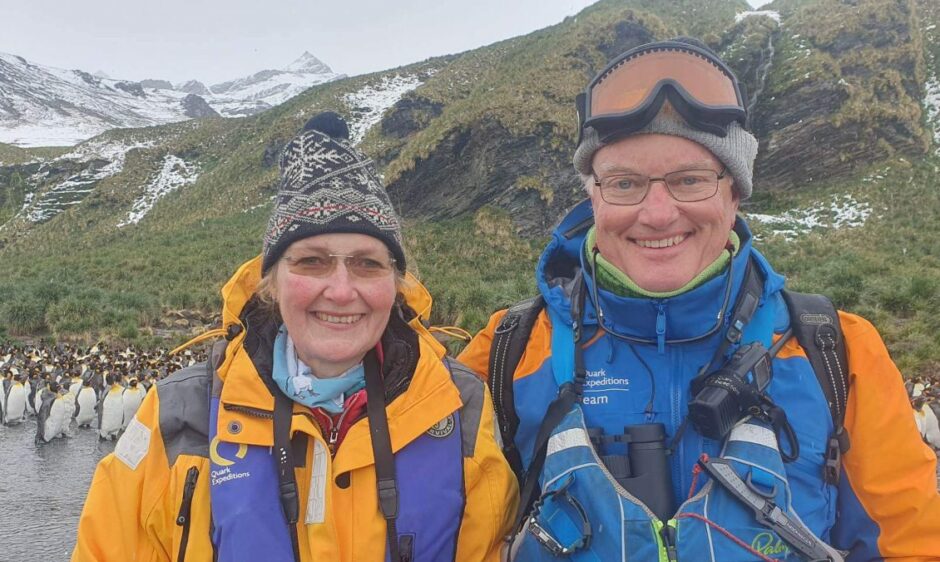
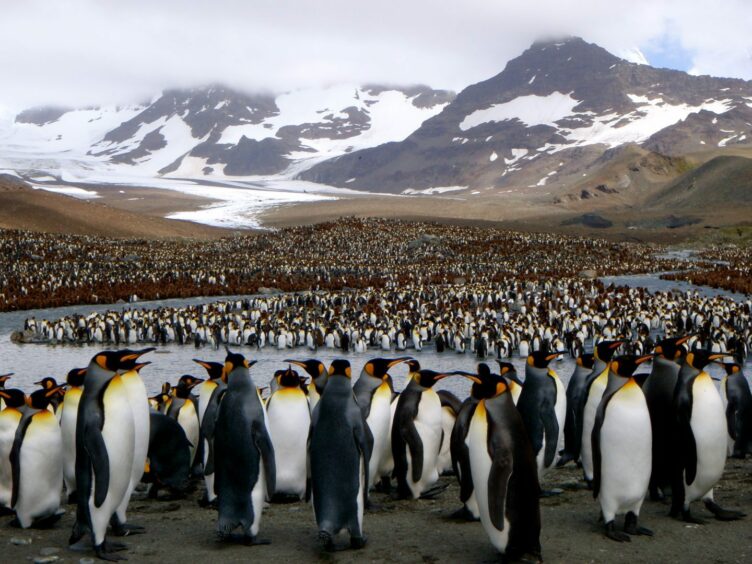
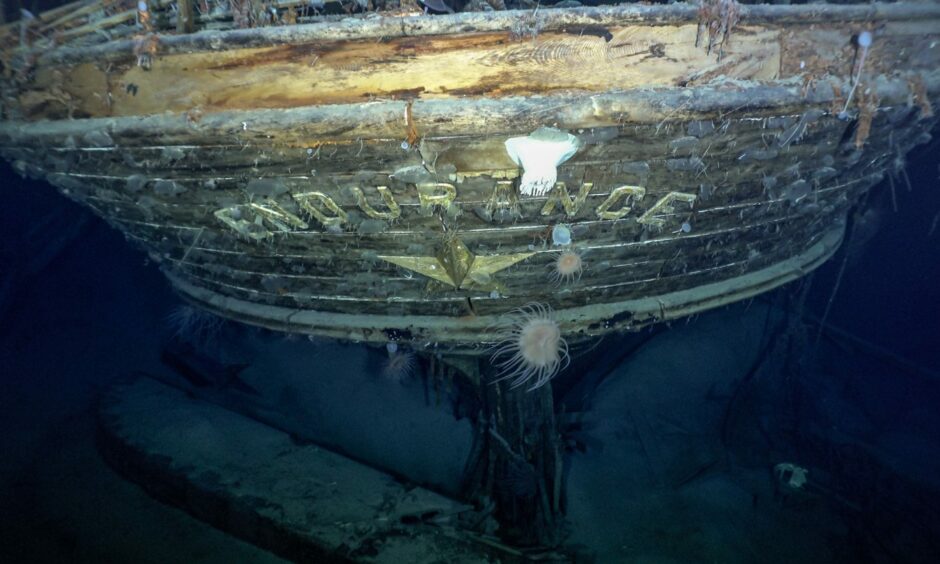
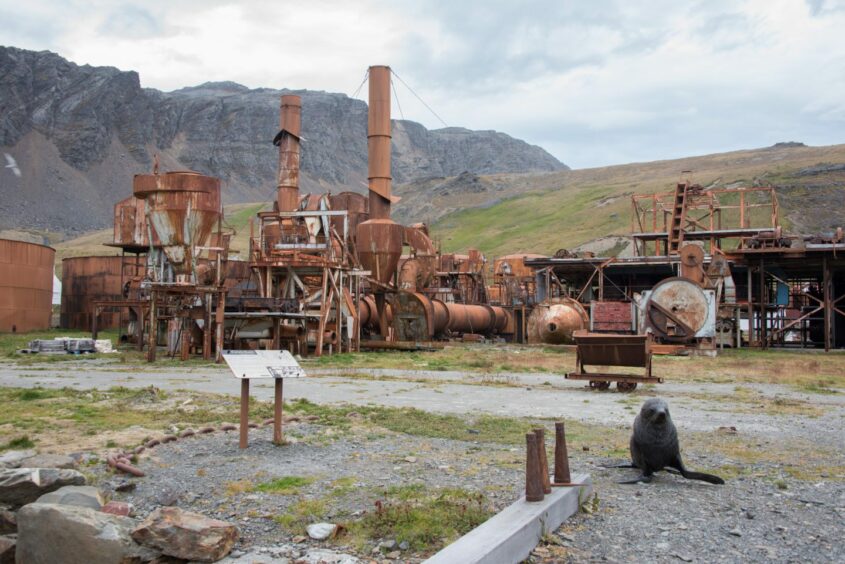
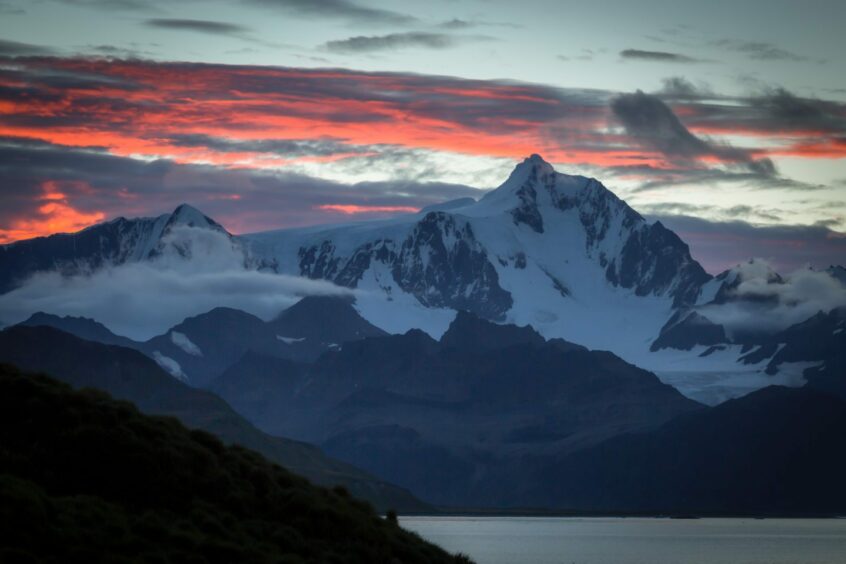
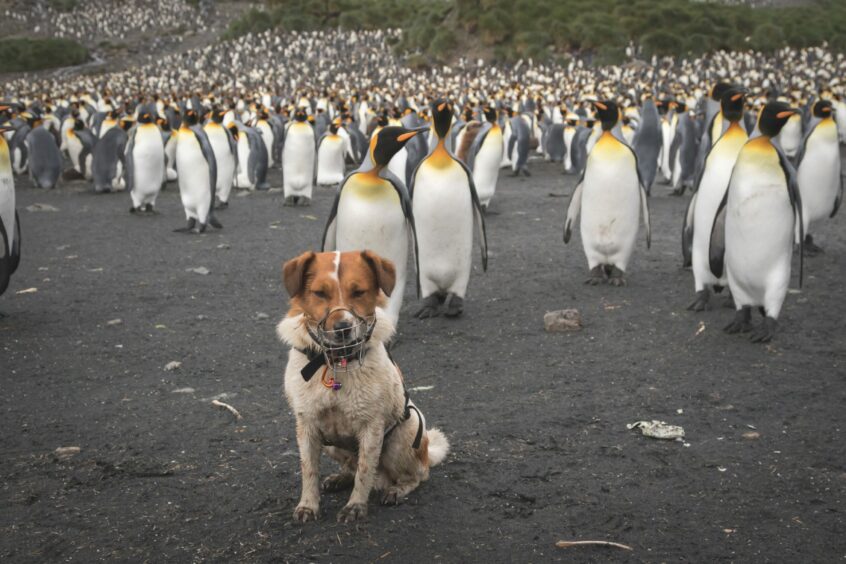
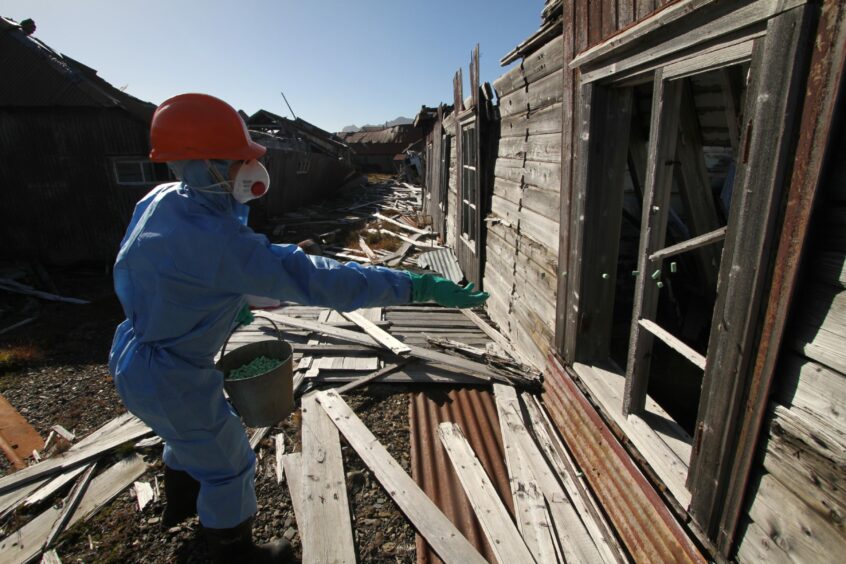
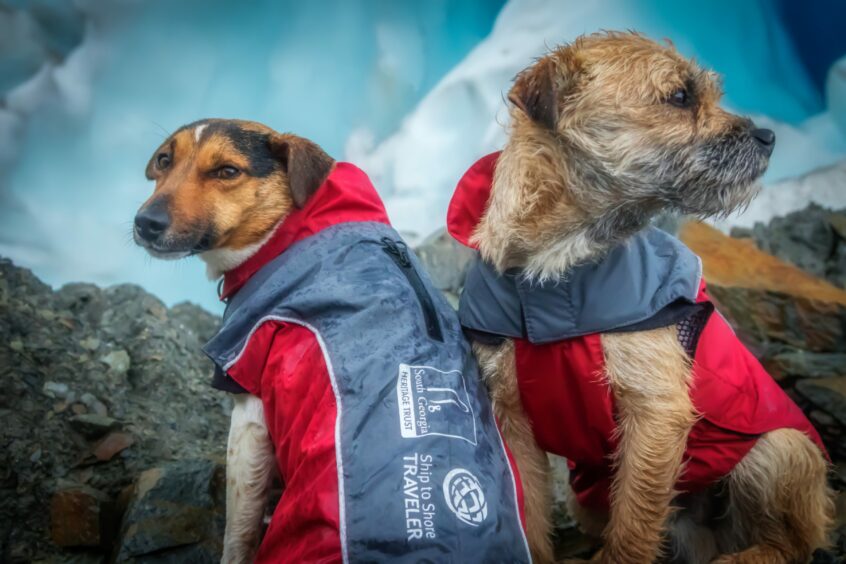
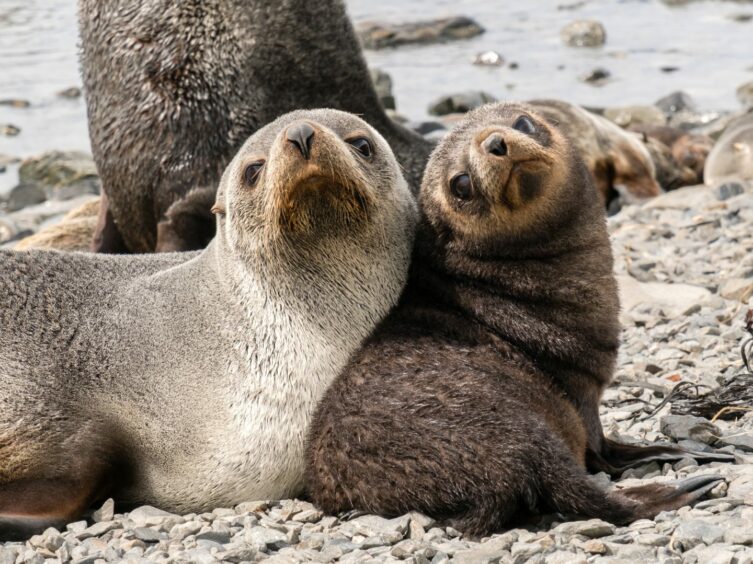
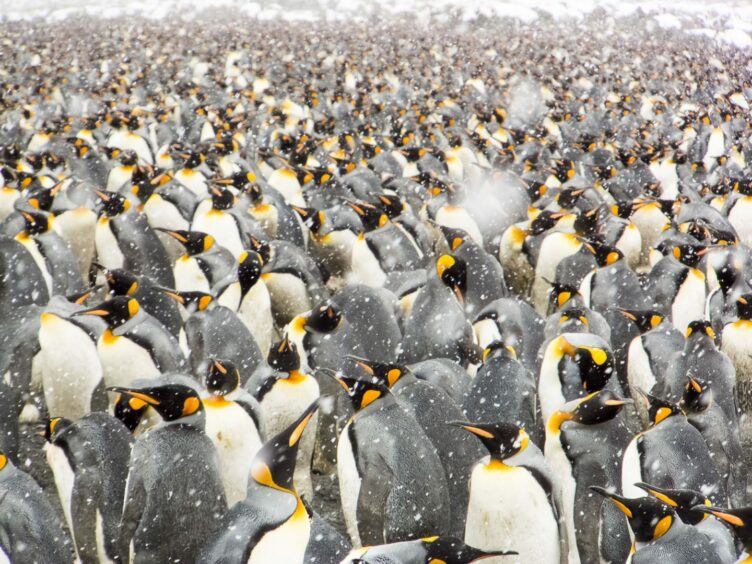
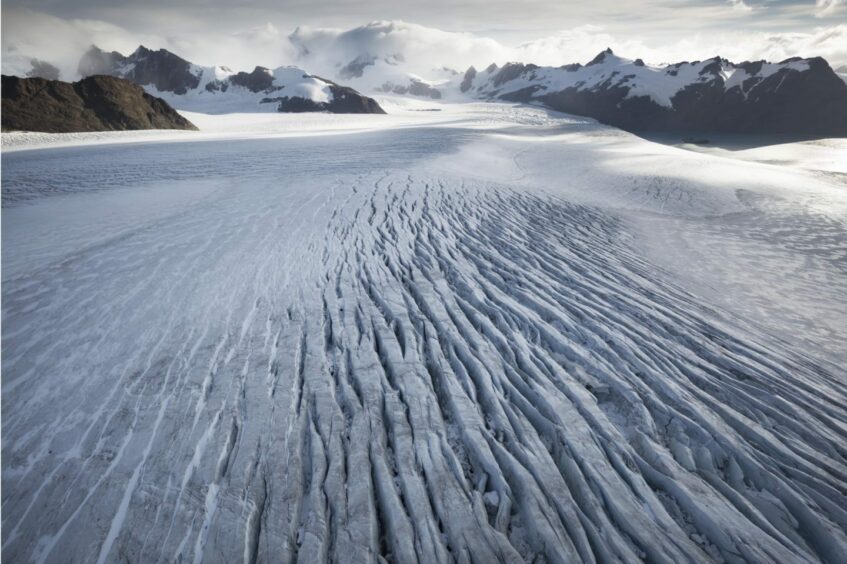
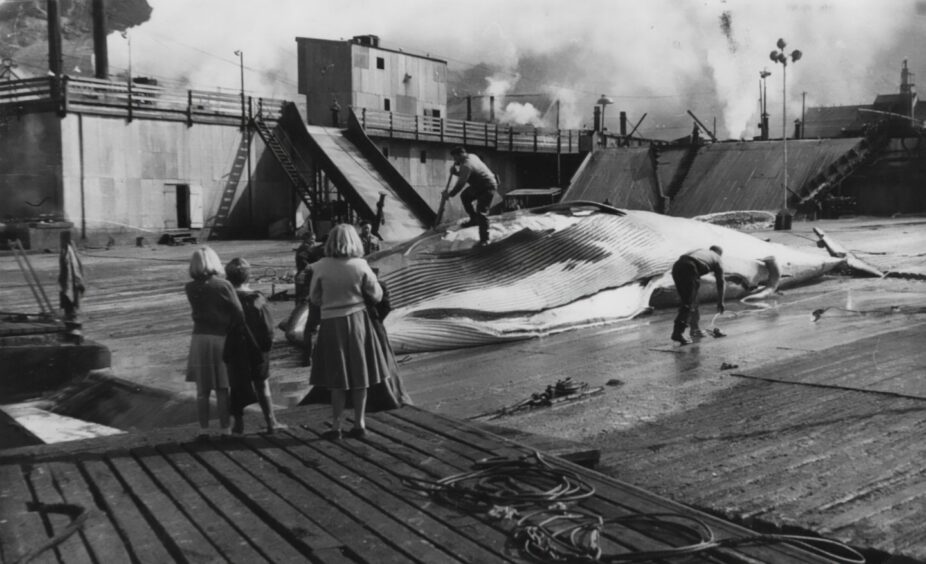
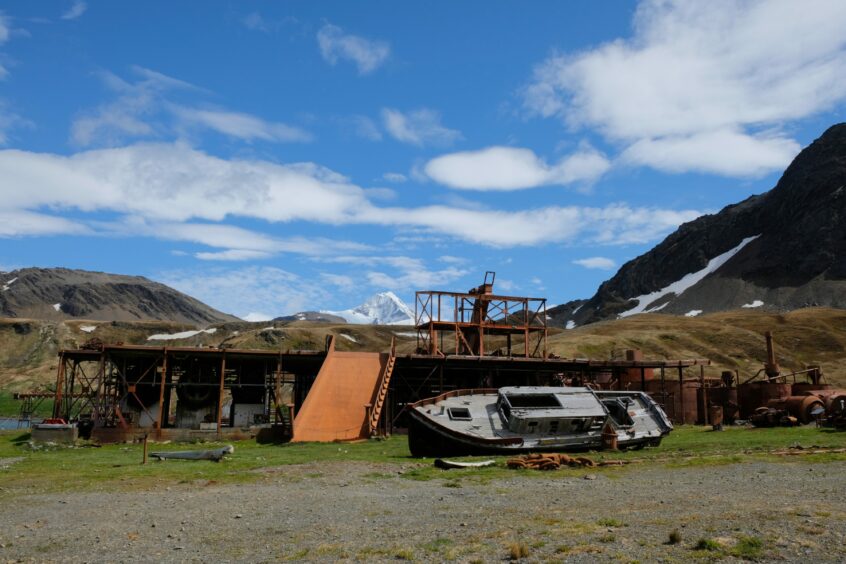
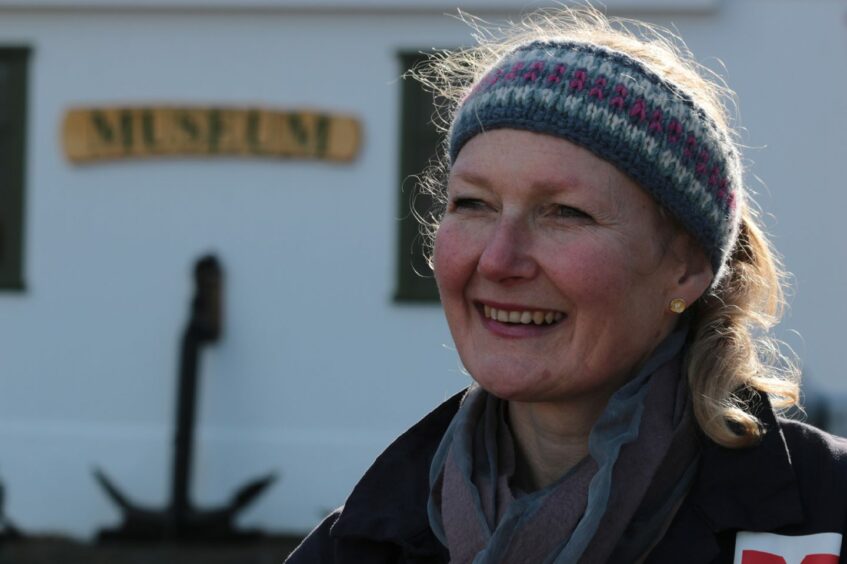










Conversation